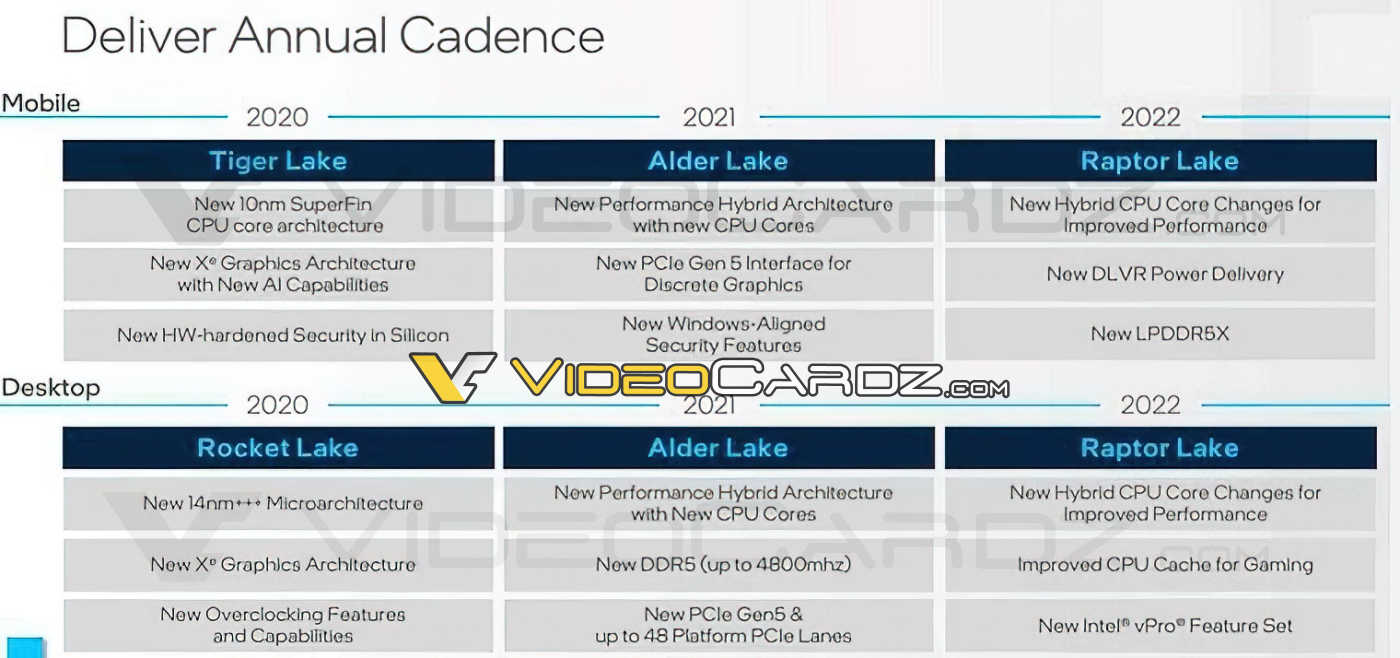@IntelUser2000 @Exist50 This slide in the MTL/ARL HotChips 34 talk is quite interesting. It points to the next disaggregated design (albeit on the server side) that the Intel teams are working towards. It’s how
Falcon Shores has also been described. Clearly MTL/ARL detailed in the talk is the client disaggregated platform and Falcon Shores is the common server platform equivalent, how the future modular CPU, GPU, and xPU will be built.
View attachment 71951
I still believe
Granite Rapids (and hence
Sierra Forest, since they share the same platform) are being built like this. If the server design is not moved to this methodology with GNR, it will be another 2-3 years since Intel wants to do two server releases for each platform. Diamond Rapids is supposed to follow GNR on the same platform.











